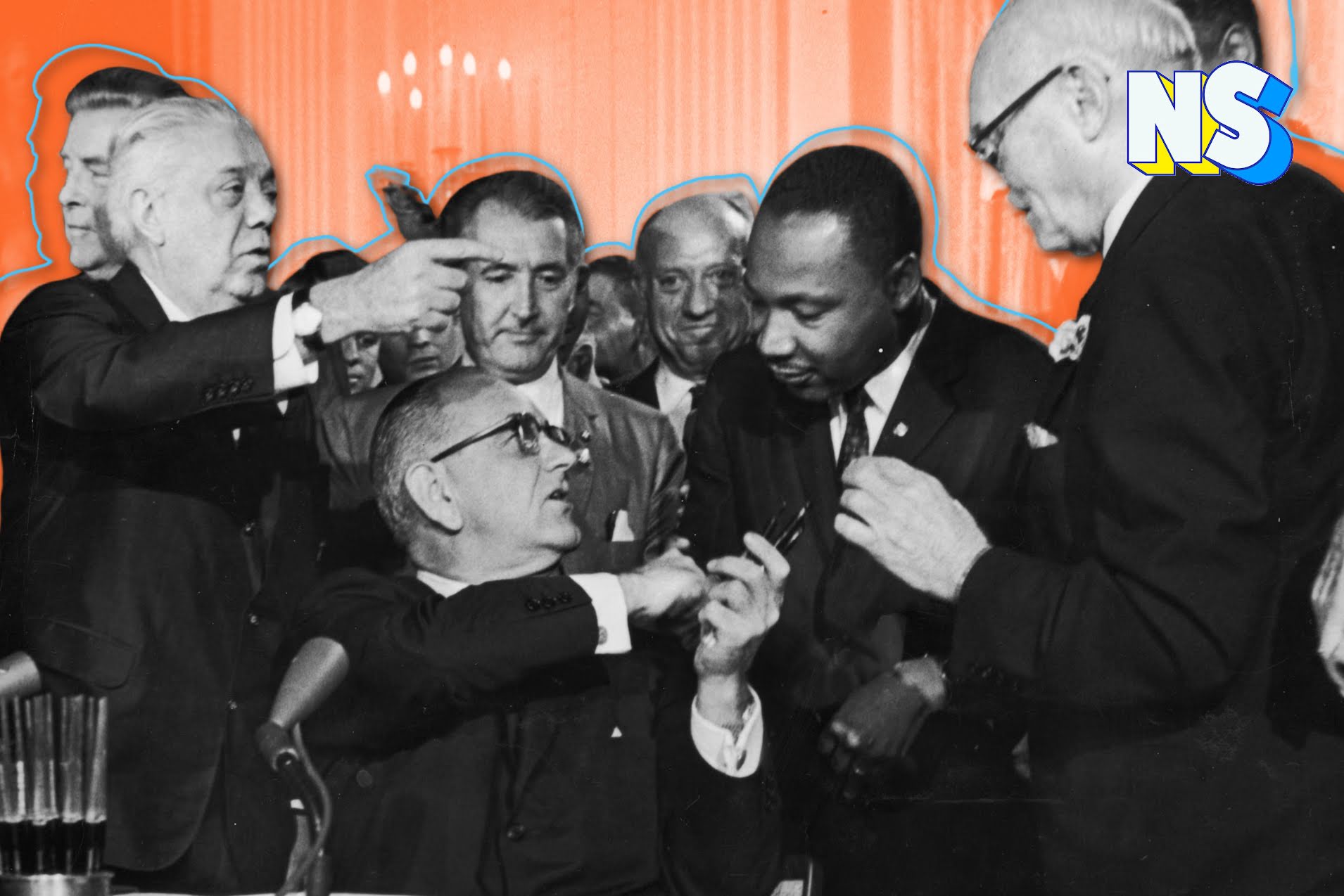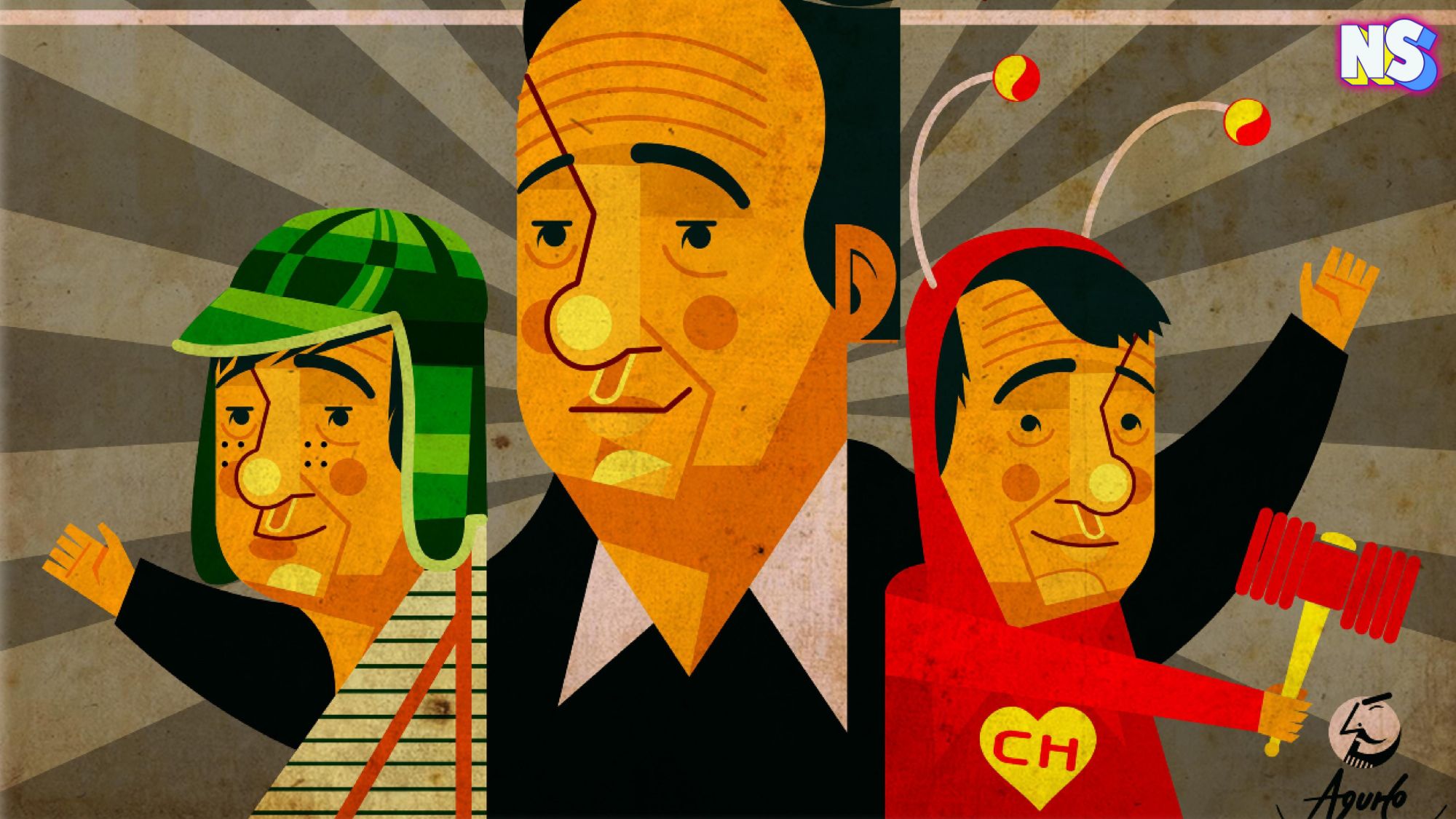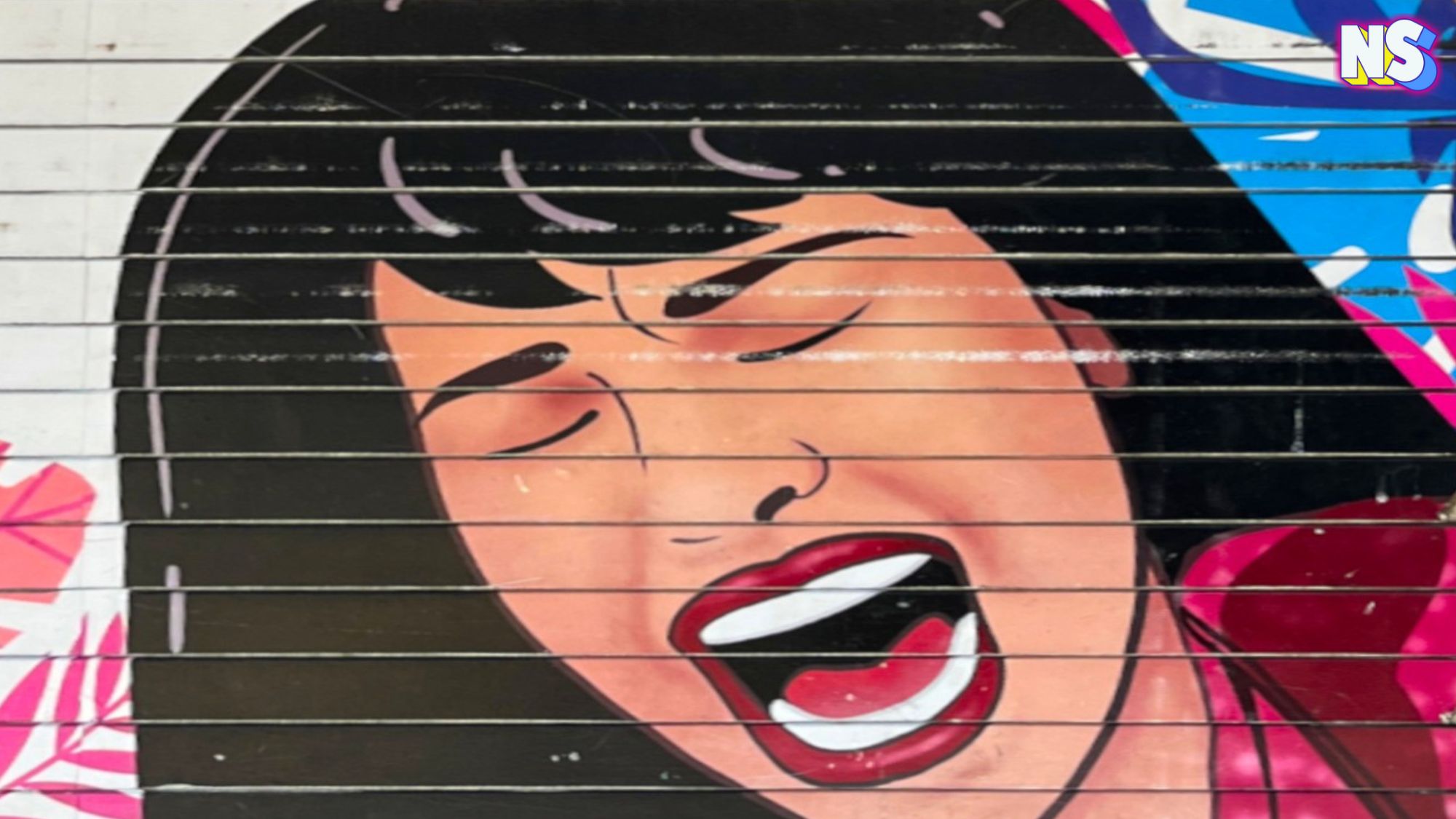Image courtesy of Nuestro Stories.
The passage of the Civil Rights Act of 1964 was the culmination of a long walk to freedom.
The act, one of the most far-reaching and important pieces of legislation supporting racial equality in United States history, came after a grassroots effort by African Americans. They decided enough was enough, spoke up, walked out, and participated in civil disobedience to end the racial injustices ingrained in Southern society.
The Civil Rights Act of 1964 prohibits discrimination based on race, color, religion, sex, or national origin. Provisions of this civil rights act forbade discrimination based on sex and race in hiring, promoting, and firing.
It also outlawed racial segregation in public accommodations, including hotels, restaurants, theaters, and stores.
A woman leads the way
What sparked the act was a courageous woman named Rosa Parks. Her refusal to give her seat to a white person and go to the back of the bus was the climax of a struggle that began in the 1950s among African Americans.
African-Americans engaged in peaceful demonstrations to protest segregation and discrimination. They were met with angry resistance, brutal reprisal, and violence, especially in the South.
President John F. Kennedy, witnessing what was happening, took action. On June 11, 1963, Kennedy gave a televised address announcing he would send a civil rights bill to Congress.
It’s important to note that the Kennedy administration was criticized for falling short in its support of African Americans who were fighting for social and economic justice. Kennedy was willing to wait until his second term to send the bill to Congress, but events conspired to upend his timetable.
These are key historical events that influenced the passage of the legislation.
- The catalyst that sparked the Civil Rights Movement was the 1955 bus boycott in Montgomery, Alabama, when Rosa Parks was arrested for refusing to give up her bus seat to a white passenger.
- Martin Luther King, Jr., rose to prominence during the Montgomery Bus Boycott in Alabama.
- In 1956, the Southern Christian Leadership Council was created to coordinate and support non-violent protests against segregation and discrimination.
- In February 1960, students in Greensboro, North Carolina, initiated what came to be known as the sit-in movement. They refused to leave a segregated lunch counter at a Woolworth’s store.
- In 1961, the Freedom Riders risked their lives trying to desegregate interstate travel facilities, such as bus stations across the South.
By the spring of 1963, protests were erupting all over the South, but the one that attracted national and international attention was Birmingham, Alabama. News footage of police dogs attacking peaceful marchers and fire hoses being used against children was more than Kennedy could stand.
This was the catalyst that led to a series of events that resulted in one of the most critical pieces of legislation in the US, an act that needs to be protected and upheld today.
https://nuestrostories.com/wp-content/uploads/2022/06/Susanne-182×250.jpeg





